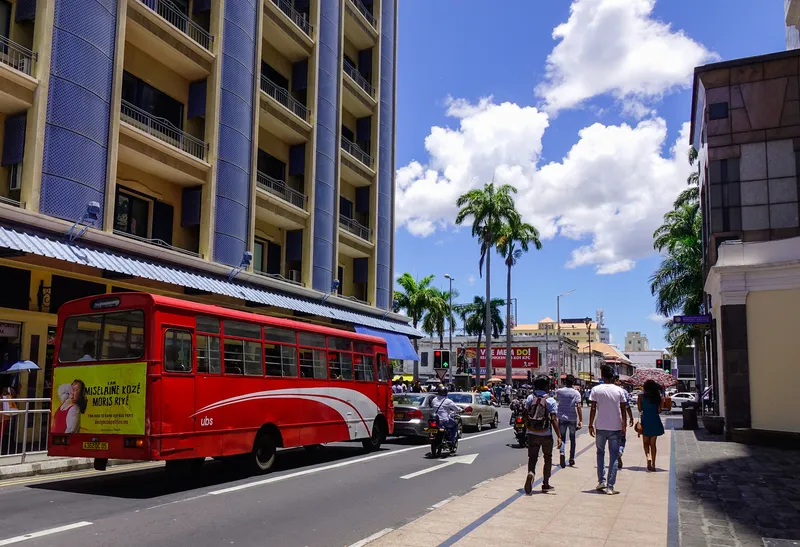Canadian public transportation company BC Transit, British Columbia, is moving forward with implementation of real time technology, or automatic vehicle location enabled technology, in seven of its transit systems. Strategic Mapping has been selected to install and maintain the technology.
The new technology includes a web-based passenger application which will enable commuters to use web browsers and smart mobile devices to see the location of their bus along its route and its predicted arrival time at an identified stop. Buses will also be equipped with automatic voice announcements and passenger information displays to inform customers of upcoming stops.
Real time information will allow BC Transit and its partners to better direct buses for schedule reliability, manage on-road incidents more effectively and more easily push alerts out to customers in the case of detours, accidents, or other events that may delay regular routing.
The next steps in the process are to design the system that will be used for BC Transit communities and develop an implementation plan. The real time technology is expected to be installed in the seven communities by the end of 2018.
Real time technology implementation moves forward in British Columbia
Canadian public transportation company BC Transit, British Columbia, is moving forward with implementation of real time technology, or automatic vehicle location enabled technology, in seven of its transit systems. Strategic Mapping has been selected to install and maintain the technology.
July 12, 2017
Read time: 1 min









